In our latest blog, featuring in the April issue of In Cumbria magazine, we examine the factors that affect growth for family businesses.
Most family businesses are driven by far more than profit alone – family values, innovation and legacy all play a part. It is the complexities at play between the family and business interests that makes growth in family businesses a unique challenge.
We often see examples of great family business leadership which have both strong business systems and a strong culture linked to the family values. Where families are often concerned with emotions and focus inwards, business systems usually take the opposite approach by focusing outwards on the external environment by looking for opportunities to change and develop. By balancing or equalising the demands between family and business, you can create a harmonious environment where the family can thrive, and the business can perform to its full potential.
In an unbalanced system where one dominates, the other’s demands and concerns are neglected. This can lead to scenarios such as family conflict, mistrust, poor staff morale, lack of proper business decision-making and reduced business performance, all of which will prohibit growth.
Objective and strategic planning that integrates family and business interests is key to enabling growth, but it’s not at all unusual for us to come across family businesses that do not have a written strategic plan! Family business planning utilises strategic thinking from both sides to create a shared future vision, with goals such as improving business performance, developing systems to support successful careers and management transitions, developing effective governance and addressing family expectations.
Having a planning process in place will encourage the family to ‘step outside of the business’ and look at its values, needs and goals on a regular basis.
This could involve examining the specific internal capabilities needed to grow the business in a certain direction, looking at whether you have the skills within the family and non-family workforce already or whether you need to consider new appointments? If so, how would this impact the family and business interests?
It could involve looking at the governance structure of the business and whether the current structure would be fit for purpose if the business grows.
Whilst family business can often experience ‘resistance’ towards strategic planning in this way at the start of the process, the benefits of doing so are often soon recognised.





 Login
Login
